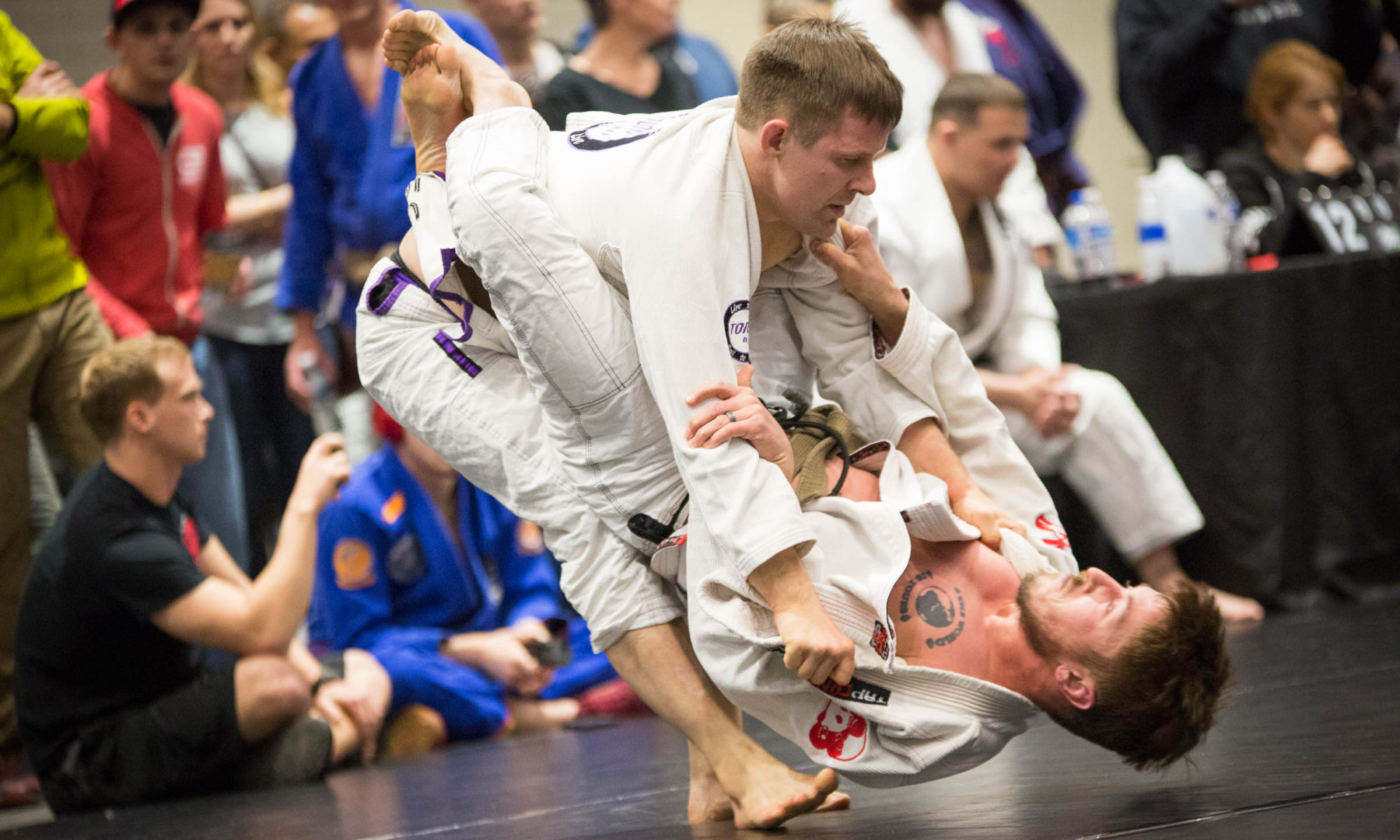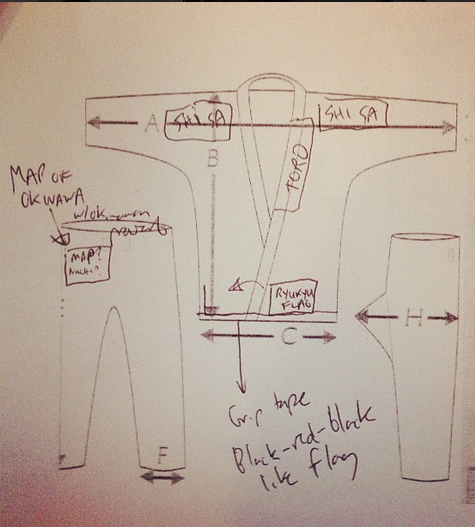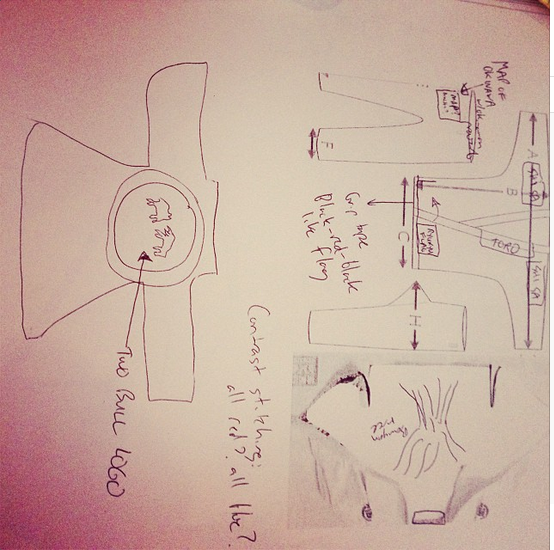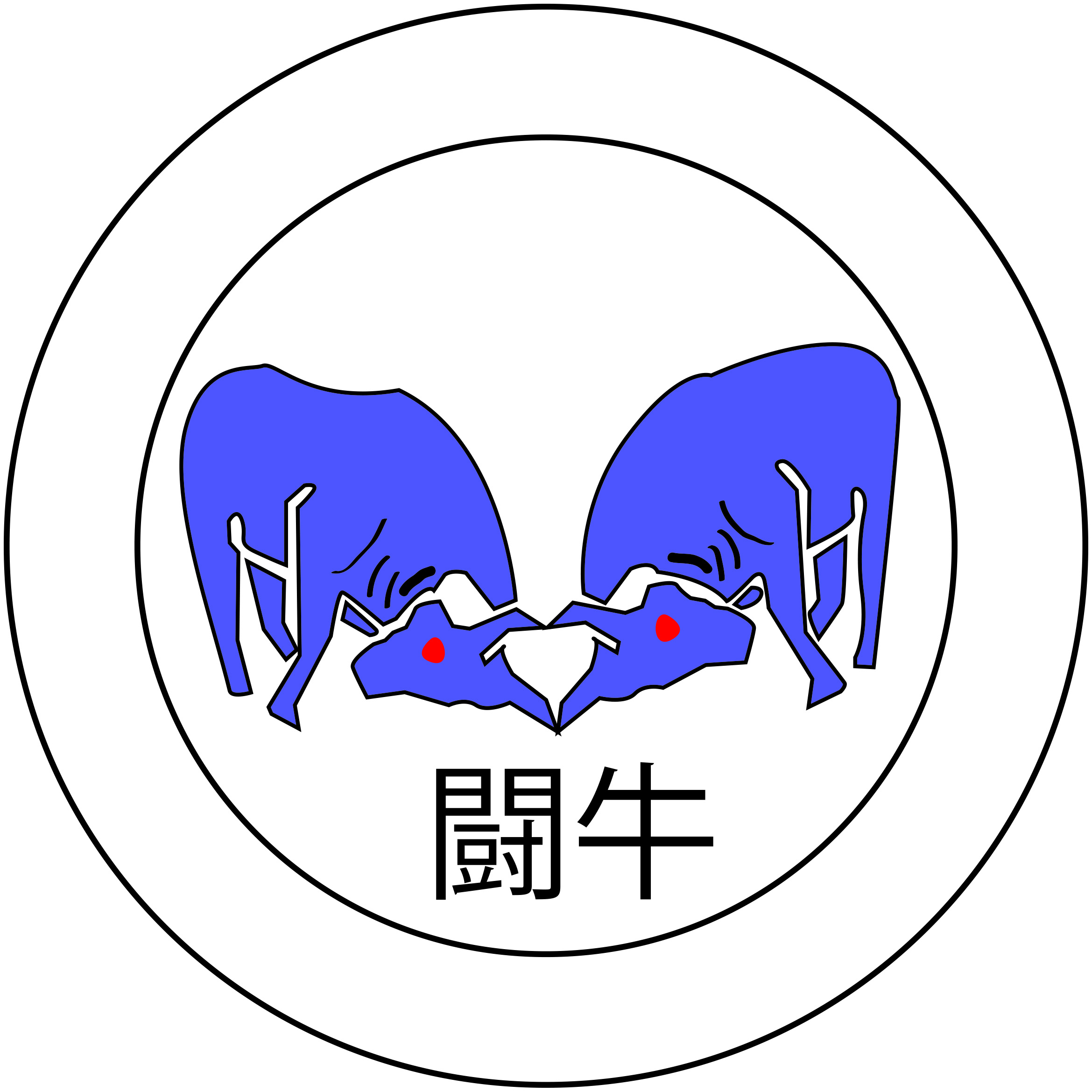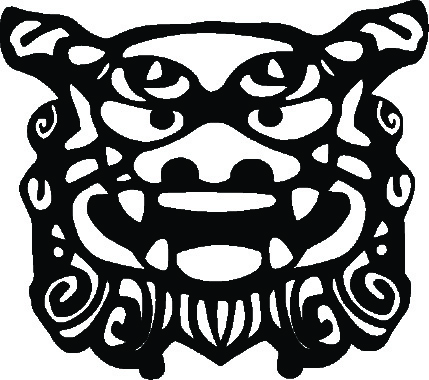Yesterday was my birthday. As a present to myself, I spent the evening pulling together some concepts for the new Toro BJJ gi. I’ve kicked around ideas with a trusted friend or two. Before I get too far down the road, I want to put some out for people to see and talk about.
Hence: I’d love to get feedback from you, whether in the comments or on Twitter, Instagram (where I’ve posted earlier drawings) or via email.
THE CONCEPT: The gi is going to be inspired by Okinawan art and culture. Okinawa is my favorite place on earth, a beautiful area with a rich history and the kindest people I’ve ever been around. As the birthplace of karate, it also has a rich martial arts history, so this seems like a natural fit. (There’s another piece that makes the fit perfect, as you’ll see below).
Names I’m considering for the gi include the Toro Uchina (the name for Okinawa in the indigenous language, uchinaaguchi), the Toro Ryukyuan (before it was colonized by Japan, Okinawa was known as the Ryukyu Kingdom), or the Toro Haisai (“hello” in the Okinawan language). Right now, I’m leaning toward the Toro Uchina, so let’s go with that for now.
To start with, I drew a ton of artistic elements. Although I want the final gi to be simple and uncluttered, I wanted to have a lot of different options to choose from.
Here are a couple of preliminary sketches I posted to Instagram of the gi’s proposed layout:
I like the traditional look of a white gi, so that’s what we’re going with. It’s going to be a 450 gram pearl weave gi in the Toro style. That much is just about decided. But what art we use and how we situate that art is what we’re in the process of deciding.
Let me show you a few things, and tell you a little bit about what I’m thinking for each of them.
THE BACK EMBROIDERY PIECE: This is just a quick rendering for a back piece. It’s two bulls locking horns in Okinawan style bullfighting, with the kanji for Togyu, Okinawan style bloodless bullfighting.
We will probably put the Toro slogan in the circle around the piece (“Live to Roll, Roll To Live”). We could also do something else specific for this gi, like the slogan in kanji or katakana.
[You might notice that the bulls locking horns forms a third bull’s-head shape as well. Could do something with that.]
I drew another bull design that was a little more abstract, but it wound up looking like Ferdinand. I’ll post it if anyone wants to see it.
THE COLORS: You might ask: why these colors? They are taken from the Kingdom of the Ryukyus’ flag, which will also have a place on the gi:
It’s also a cool flag, no? I love the iconography, so I plan on putting a treatment of the flag in at least one place on the gi, most likely the front of the skirt below the belt.
Two other notes about this: there will be grip tape around the skirt of the gi that draws on the red-and-black bottom part of the flag. I think this will give the gi a simple but elegant color scheme. And I plan on contrast stitching using the blue.
SHOULDER EMBROIDERY: All around Okinawa, you see guardian shi-sa dogs. These lion-dogs are protectors of the home. Aside from being culturally significant, they’re visually very cool.
Traditionally one of the dogs has its mouth open and another has its mouth closed. I’d like to have one shi-sa on each shoulder, facing forward. I took a common design and tweaked it a little:
I was considering doing a full-bodied shi-sa doing a horizontal pose like you see here, but I like the faces. What do you think?
THE PANTS: I do want to keep the pants simple, and there are two possibilities I’m kicking around. I’d like to do a stylized map of the Ryukyu Islands and incorporate that into either:
* A rectangular Toro logo at the top right portion of the pants; or
* Just an outline of the islands that would be placed at the bottom right shin, so it would be distinctive but still IBJJF legal.
This would be similar position to the embroidered Toro logo on the company’s “Blue Steel” pants offering. Note also the contrast stitching on this model. I’d like for the Uchina to keep some consistency with the existing design of Toro, but also break out into a few new directions.
The island outline will probably be the next drawing I do and post for reaction.
FINALLY, I WILL PROBABLY NOT GET TO DO THIS, BUT: Sublimated printing on the interior of a gi is expensive to do. However, I really like what some companies have done in this vein. Putting art pieces on the inside of a gi keeps the gi looking clean and uncluttered outside, but provide art opportunities for inside. It’s like having a secret. Plus, you get to add fun elements without having the gi look too busy.
Examples of this include the Scramble Wave, which uses an internal rash guard, and the Muae Furinkazan, which just prints on the inside of the gi. I’d prefer to do something like Muae gi, for two reasons: I personally don’t have a lot of experience with internal rash guards, and the Muae print looks very cool as the color fades (check out the pictures in that link). I think either of my ideas would look good after fading as well.
My two ideas: either a growing banyan tree (found throughout Okinawa’s forests) or a coral reef scene (the Ryukyu Islands are some of the most biodiverse in the world, and contain more than 400 types of coral and all manner of fantastic aquatic species).
Again, this stuff is pretty expensive, so I probably won’t get to do it. Unless, you know, the people demand it. If you’d like to see what the banyan tree or reef scene would look like, I could draw and post those, too.
FINALLY: Other potential ideas for design elements included drawings of some Ryukyuan castles, which are beautiful and diverse in appearance; a stylized rendering of an Okinawan proverb about food being medicine for life, but applied (of course) to jiu-jitsu; and numerous cool indigenous animal species like the Okinawa dugong, Yanbaru kuina and Iriomote yamaneko. At this point, I haven’t found a place for any of these, and probably won’t, because I want to keep the design simple. But I wanted to mention them in case they spark any ideas. (I might try to work one into a re-design of the Toro embroidered patch on the jacket lapel)
Also, nothing is really set in stone. I really love thinking about this gi, and would love it if I could get some help from you. So let me know what you think, whether it’s in the comments, on Twitter, on Instagram or in person. Thanks for reading.
